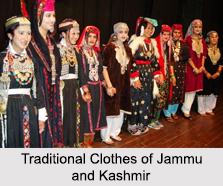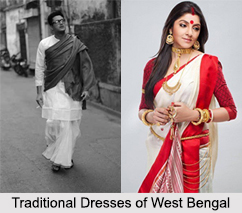Cummerbund or Patka is a waistband made from a long, narrow, strip of cloth; it is extensively used by Rajasthani men. Cummerbund in literal sense means `article that ties around the waist and defines the function of the garment. The patka, on the other hand, is derived from the Sanskrit word patta and describes its more physical aspect, the closest meaning to this word being `strip`.
The ornamental fabric of cummerbund is placed around the waist and the long length wrapped several times around. It is then knotted, with its two ends falling gracefully down the front or on the left side. The cummerbund seems to be more decorative than functional in nature and found favour with royalty and nobility. A lavish yet elegant accessory, the cummerbund is ornamented on the main body. Its borders and the ends of the width are the most heavily decorated. The sumptuous garment is finely woven, often with gold and silver threads either in the patterning or worked into its body to add to its extravagant beauty.
Fine block printing techniques and beautiful embroideries usually embellish the cummerbund. Cotton, silk and, sometimes, wool are also used to make cummerbund, which was worn by most of the Rajasthani royalty. Surprisingly where most garments are still used in some form or the other, the cummerbund as an item of clothing has almost completely disappeared and is lately more often seen in historical records. It is well represented in Mughal paintings and even the sculptures of ancient India.
Beautiful instances of cummerbund grace the museums, although the cummerbund can sometimes be confused with the turban. The elaborate decoration on the end-pieces gives the cummerbund its true identity. It is seldom worn today and though it may, sometimes, it appears in ceremonial accoutrements, it is not as heavily ornamented as earlier examples.





















